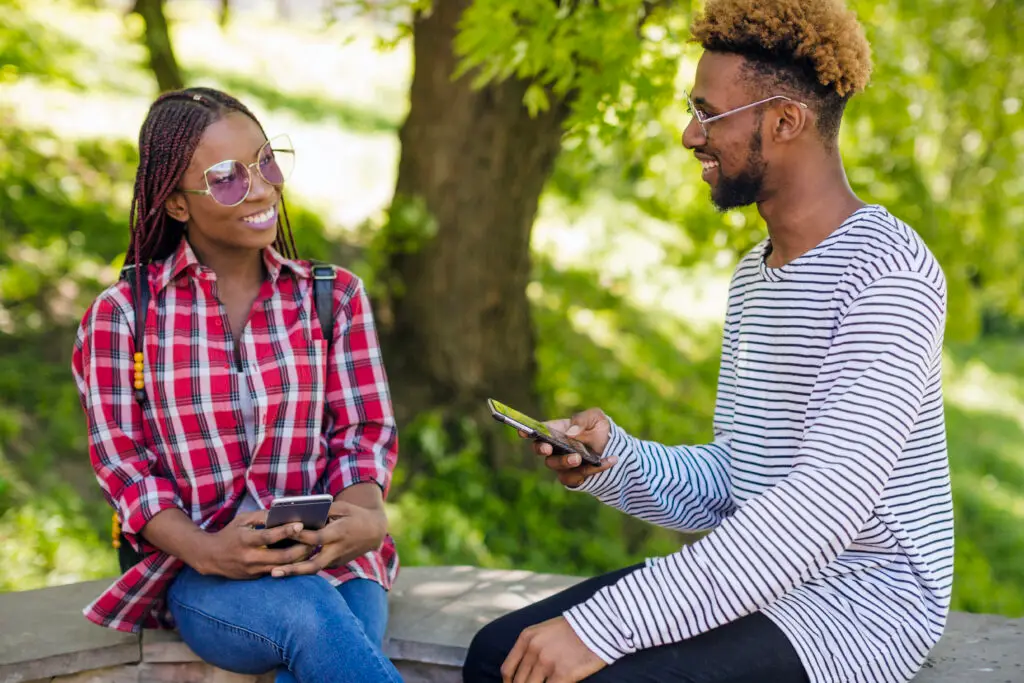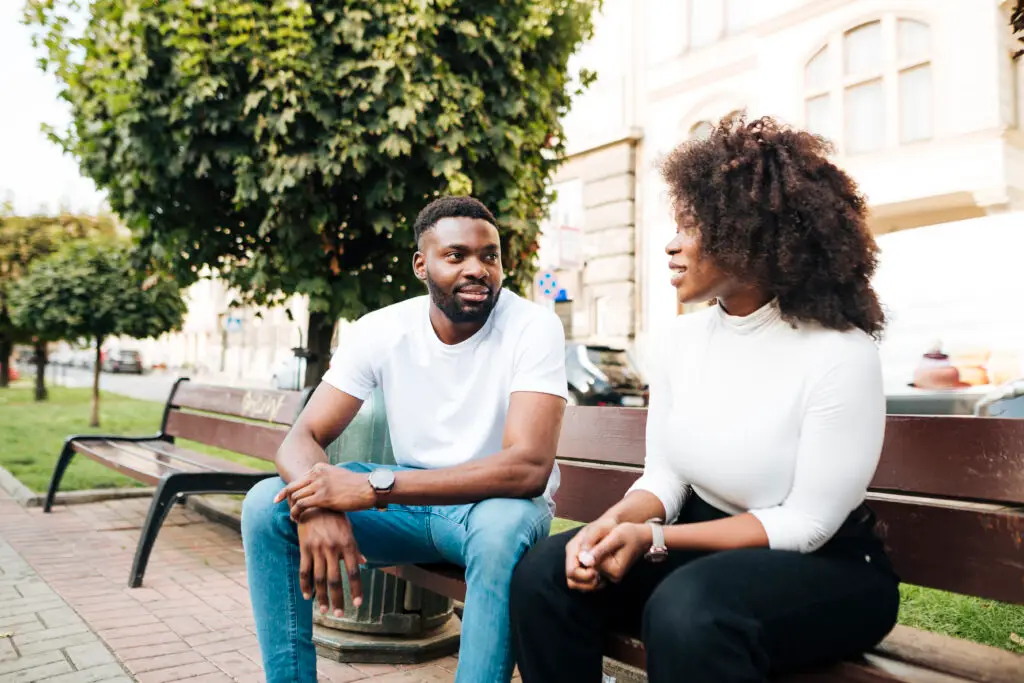Active listening is an essential skill for developing lasting relationships, both personally and professionally. It entails thoroughly interacting with the speaker, not just hearing the words but also comprehending the emotions and underlying meanings. By attentively listening, we demonstrate respect, empathy, and establish a secure environment for open discussion.
This makes the art of active listening a foundation for good communication, and its related skills can improve how we connect with others and build a better feeling of understanding. It enables us to genuinely understand what the speaker is saying rather than simply waiting our turn to speak.

The Role Of Non-Verbal Cues In Active Listening
Active listening relies heavily on nonverbal clues. While words provide the explicit meaning, nonverbal cues offer extra context and emotional indicators. These indicators include facial expressions, body language, gestures, and eye contact.
Paying attention to nonverbal cues allows us to detect minor subtleties and have a deeper understanding of the speaker’s emotions and intentions. We can foster empathy and connect more deeply by incorporating nonverbal cues into our active listening.
Types of Nonverbal Cues and Their Effect on Communication
There are various forms of nonverbal cues, each with a unique impact on communication.
- Facial expressions, such as a smile or a furrowed brow, can reflect happiness, grief, or concern.
- Body language signals like open arms or crossed legs, can indicate receptivity or defensiveness.
- Gestures: nodding or pointing, can signal agreement or direction.
- Eye contact, when maintained politely, shows attentiveness and curiosity.
Understanding the numerous nonverbal signs allows us to effectively read the speaker’s emotions and intentions, resulting in more effective communication and empathy.
How to Improve Active Listening Skills with Nonverbal Cues
Developing active listening abilities using nonverbal clues needs practice and intention.
First and foremost, we must be totally present in the conversation, paying close attention to the speaker. Minimizing distractions and focusing on the speaker’s non-verbal cues assist us to better absorb their message.
Moreover, imitating the speaker’s nonverbal cues can help build connection and understanding. For example, if the speaker leans forward, we can discreetly lean in to show our interest.
Finally, exercising mindfulness can help us pick up on nonverbal signs. Being conscious of our own body language and emotions allows us to empathize with the speaker more effectively.
Techniques to Practice Active Listening and Empathy
There are various strategies we can use to increase our active listening and empathy skills.
Paraphrasing
Paraphrasing, or restating the speaker’s message in our own words, is a powerful approach for ensuring understanding. This not only demonstrates that we are actively listening, but also allows for clarification.
Reflective Listening
Reflective listening is another approach that involves summarizing the speaker’s emotions and thoughts in order to display empathy and comprehension.
Asking Open-Ended Questions
Furthermore, asking open-ended questions encourages the speaker to share more, resulting in a stronger connection and more active listening.

Common Barriers to Active Listening and Strategies for Overcoming Them
Despite our best intentions, there are several frequent impediments that can prevent active listening.
Internal distractions, such as preoccupations or biases, can divert our attention away from the speaker. To combat this, we can practice mindfulness and intentionally return our attention to the discourse.
External distractions, such as noise or interruptions, might also prevent active listening. In such cases, adopting a quieter environment or respectfully addressing the interruption can aid in maintaining attention.
Another hurdle is the tendency to interrupt or complete the speaker’s phrases. Overcoming this barrier necessitates patience and a deliberate effort to allow the speaker to express themselves completely.
Real Life Scenarios Application
Numerous case studies demonstrate the transforming potential of attentive listening and empathy in a variety of circumstances.
For example, in the workplace, active listening can improve team collaboration and issue resolution. By actively listening to colleagues’ ideas and concerns, teams can identify innovative solutions and build a more inclusive work environment.
In personal relationships, attentive listening can aid in conflict resolution and emotional connection development. Empathically listening to a partner’s concerns and acknowledging their emotions can establish a stronger bond and offer a secure space for open conversation.
Conclusion:
Active listening is a skill that may be developed with consistent practice and a genuine desire to understand others. By combining nonverbal cues into active listening, we can increase our empathy and enrich our relationships. We may uncover the secrets to active listening abilities by recognizing the value of active listening, learning about various nonverbal clues, and using effective communication tactics. In doing so, we foster a more compassionate society in which understanding and connection flourish.
Reflection
Practice active listening today by having a conversation with a friend or colleague. Concentrate on their nonverbal signs and make a concerted effort to completely comprehend their message. Consider how using active listening skills strengthens your relationship and fosters empathy.




